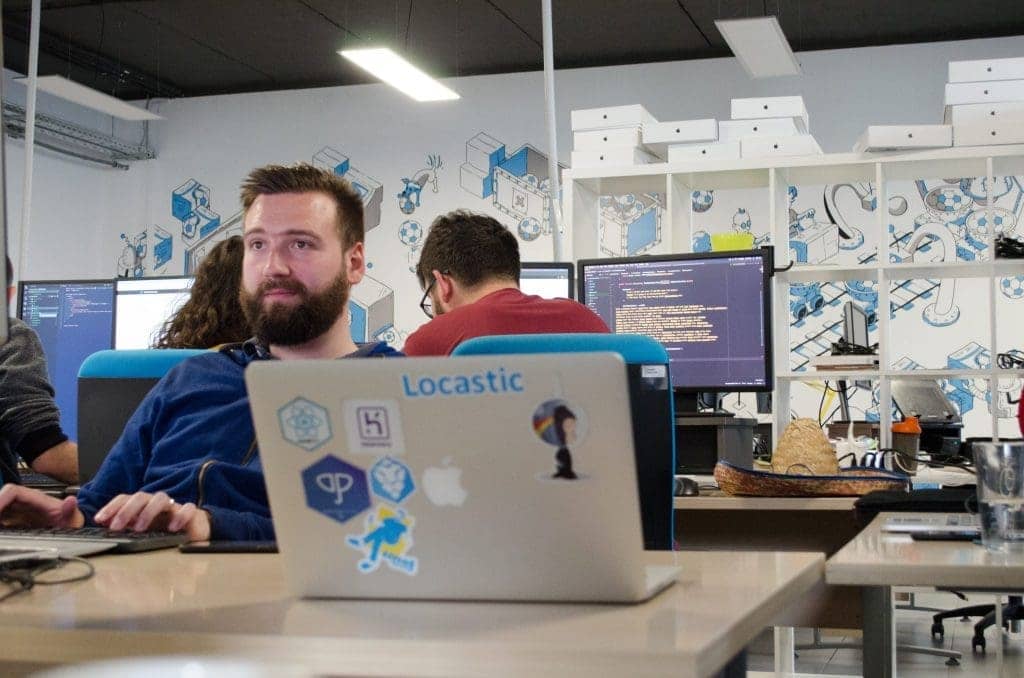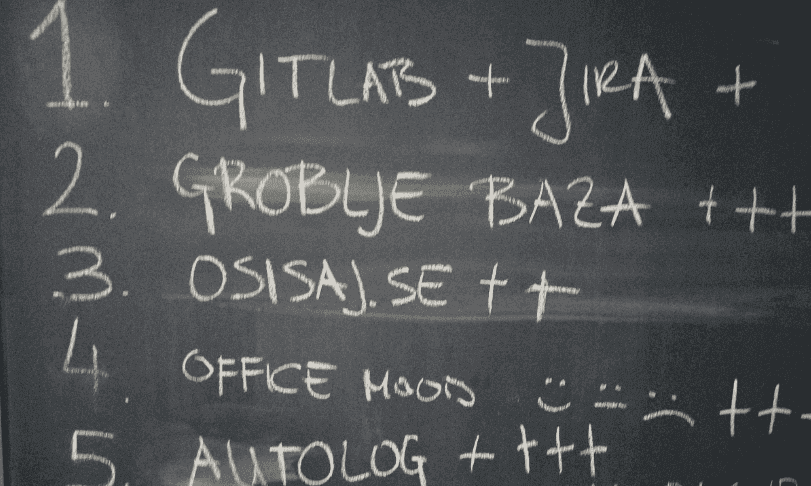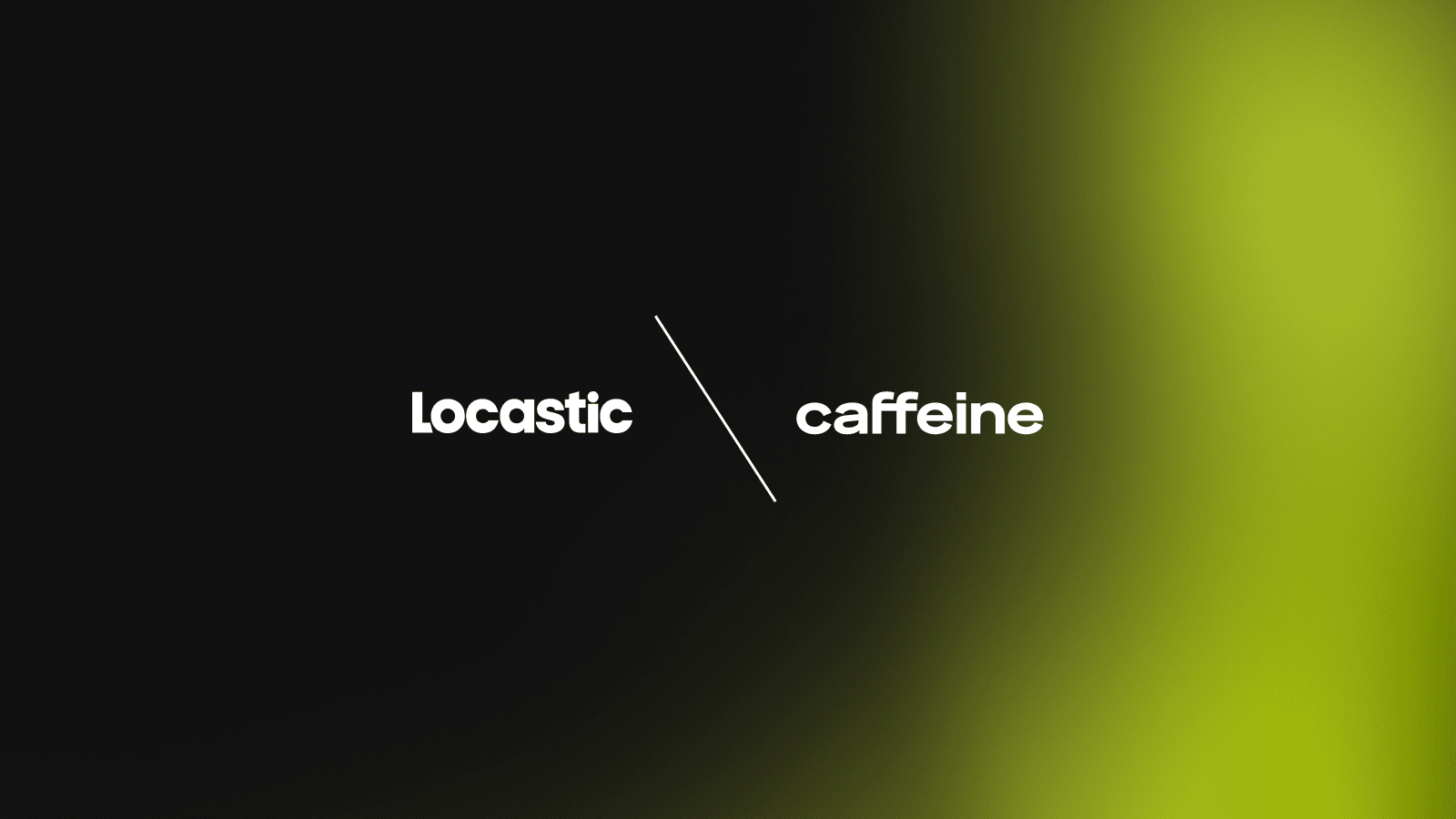Let’s talk about company hackathons! You probably know the definition by now – it’s an event where computer programmers, designers, project managers and others collaborate on innovative software projects. Cool stuff.
The main goal is to create a functional piece of software (or hardware) during a set time-frame. Usually, the event is limited to 8, 12 or 24 hours, or even more in some instances.
Open or Internal hackathon?
Before we even start, it’s important to emphasize that there are different types of hackathons. Companies tend to run similar events that are open to everyone, while event goals can vary. Either you want to promote certain company culture, develop corporate branding, give back to the community, or simply identify tech talent and hire them.
I will try to focus on internal hack-day events that are organized between existing work colleagues. So, let’s start with the obvious question.Why would you waste twelve hours developing a project you probably won’t be able to monetize?

Teamwork, work cohesion, and testing new technologies are the first things that come to mind. Most of all, hosting a hackathon is a relatively simple and resource-saving way to tap into creativity cells of your developers – and that can do wonders if executed properly.
Research is the lock, innovation is a key.
Most people start with the standard procedure – Googling various hackathon terms and checking the infinite amount of Quora threads, forum topics, and corporate blogs. In most cases, that type of research can be a waste of time since you’ll find a lot of washed-up SEO-optimized blocks of text that will help you sell the event concept to your executives. Although, that shouldn’t be hard in the first place since the benefits of hackathons speak for themselves.
The research part can be useful when you host the first edition, but when it comes to implementing new and innovative stuff, you won’t find much so I strongly suggest that dive deep into your own imagination.
That’s what we did, at least.
The main goal of our Locastic Hackathon was to create a piece of software that could improve a certain company process. The preparation part started a few weeks before the event with the main announcement. Classic stuff.
We settled for a date and wrote the “Hackday topics” text on our blackboard where people could pitch in with their ideas on what we should develop.

The choosing part was quite simple as well – a certain someone writes a topic name on the board, whereas everyone has got three votes at their disposal, while the top three voted topics entered the development pool. Furthermore, all attendees also voted on the event duration, eventually choosing that 12 hours should be enough to bring their idea to life.
One day before the event, we finalised the developers’ attendance list and the second Locastic Hackday was ready to start.
The HackDraft
On Friday, everyone gathered at the office around 09:00h for complimentary breakfast and coffee.
The main program started with a draft where three very own Locastic’s project managers Angie, Danilo and Relja picked their teams. The whole system was quite similar to the NBA draft. The goal was to add some spice to the whole process and avoid teams that usually work on commercial projects.
Once the teams were settled, project managers chose a random number that was hiding the project that had to develop.
Lifelines
In order to add even more spice to the equation, every team had three wildcards they could use in any moment of the development process.
- FREEZE – Stop opposing teams from working.
- OFFLINER – Revoke internet connection to your opponents.
- CONSULTING – Gather other teams for a 15-minute advisory session.
That part added a competitive element to the hackathon itself since everyone had a way to either help or sabotage the opposing team. Luckily, the integrity of our Project Managers proved to be untouched as no one actually used the “

What to do with your designers?
During the first edition, our UX/UI designers were a part of the draft and their own teams respectively. This time around, we decided to give them a different role.
Every team had four hours of design work at their disposal, which meant that they had to dose it properly. All squads opened up the day with the design sprint where they touched upon the wireframing process and the general outline of their app. It was crucial to make the most out of the planning phase so they could make the most out of the designers’ service once they appointed one.
Also, project managers couldn’t count on our designers during the final Hackathon stage, since they were also in charge of creating presentations for the pitch session.
Let the games begin.
Once the timer started, everyone had a clear idea
If you are interested to see how it all went, make sure to watch the video below as it gives some proper insight by our team captains. But in case you are here for the ideas solely – try to implement them and let us know if your peers enjoyed the format!














